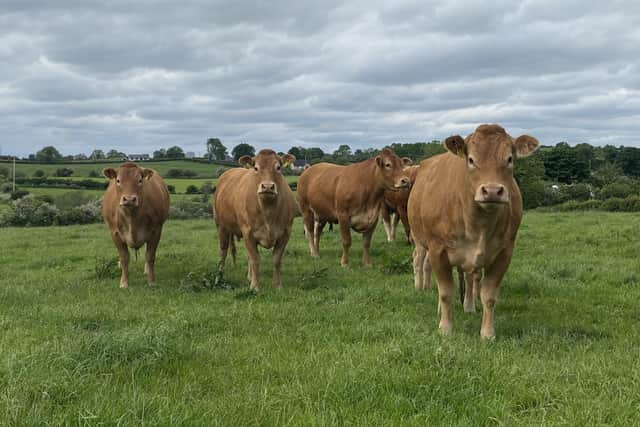Cattle exports to the Republic of Ireland to meet BVD conditions from 2022
and live on Freeview channel 276
This change is a result of the new suite of Export Health Certificates, which became operational in October 2021.
Under these new EHCs, BVD status at both herd and individual animal level will determine eligibility for export to those Member States which either have an EU approved BVD Eradication Programme, or have achieved BVD Free status.
Advertisement
Advertisement
The Department of Agriculture, Food and the Marine in the ROI intends to apply for recognition of its BVD eradication programme in 2022 and hopes to meet the conditions for BVD Free status in 2023.


When the European Commission approves the ROI’s BVD programme in 2022, cattle moving to the ROI for breeding and production will have to meet additional BVD requirements, which may include serological testing and a 21-day period in approved quarantine.
BVD vaccinated animals will still be permitted to move until BVD Free Status is achieved by the ROI.
However, once Free Status is achieved, BVD vaccinated animals will no longer be eligible for export.
Advertisement
Advertisement
BVD vaccines play an important role in protecting breeding animals from becoming infected with the BVD virus and for many herds their continued use is recommended.
However, anyone who may want to export cattle to the ROI for breeding and production needs to be mindful that BVD vaccination is likely to prevent trade in the future.
The level of BVD in animals across Northern Ireland has fallen over 50 per cent since the introduction of the compulsory eradication scheme in 2016.
The Department of Agriculture, Environment and Rural Affairs continues to work with industry to drive down levels of this disease, and recently introduced a new measure in September 2021 to enforce the ban on the movement of BVD Untested (BVDU) animals to slaughter.
Advertisement
Advertisement
This has proven very successful to date, with only 10 BVDU animals arriving at slaughterhouses since then.
It is recognised, however, that additional steps are required including development of a second phase of legislation to further support the eradication of BVD.
Full details of the BVD pre-export requirements are listed on the DAERA website - BVD requirements to export cattle to EU Member States with an approved BVD eradication programme or BVD free status | Department of Agriculture, Environment and Rural Affairs (daera-ni.gov.uk)